Review of Mossi Spring 2022 Fashion Show
Mindful Fashion
By Philippe Pourhashemi
For Mossi Traoré, who won the prestigious Pierre Bergé prize at last year’s ANDAM awards, social awareness and fashion should go hand in hand. He presented a soulful and beautiful collection in Paris, which was inspired by his own roots, as well as Japanese asymmetry and sartorial deconstruction.
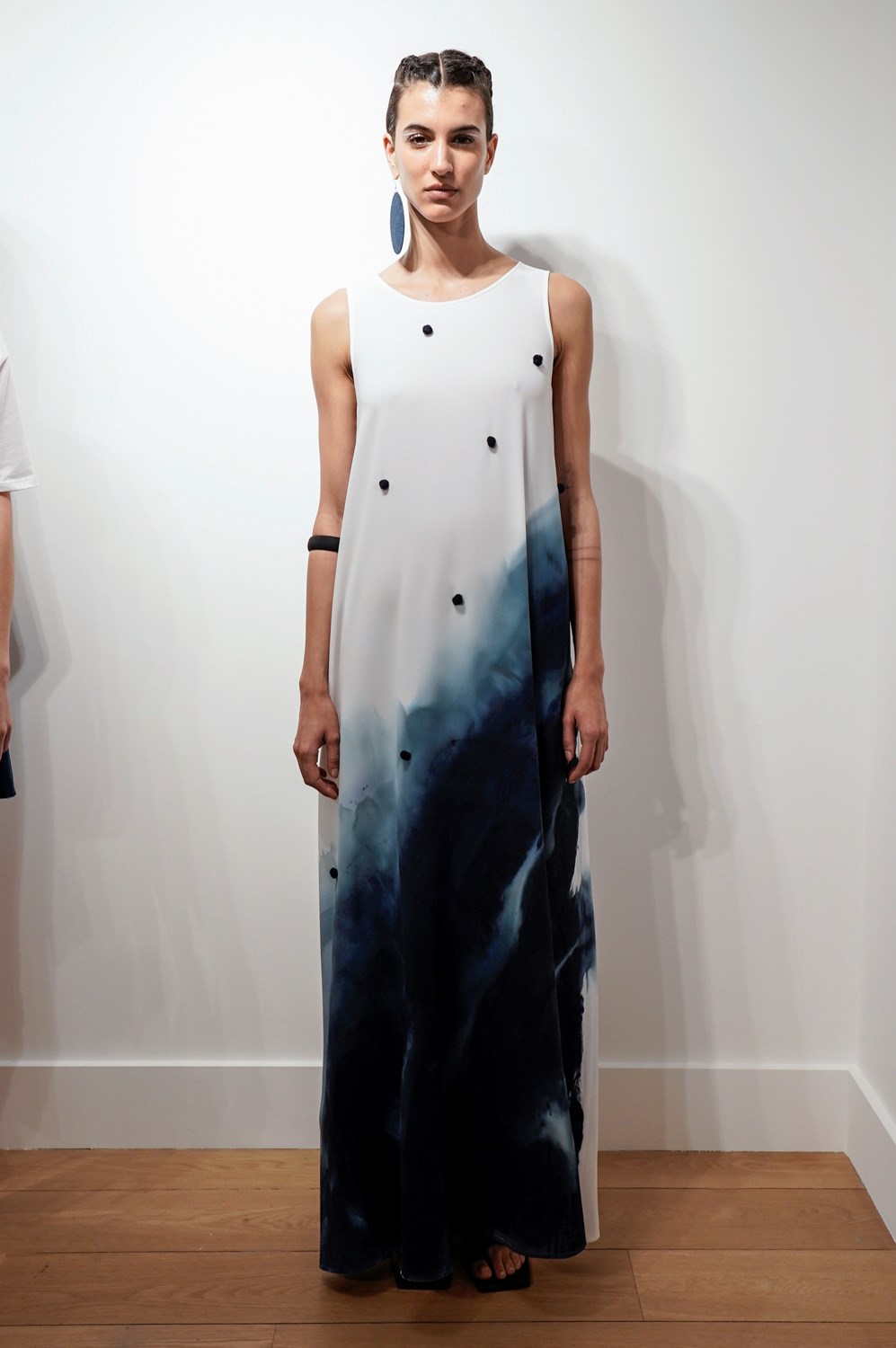
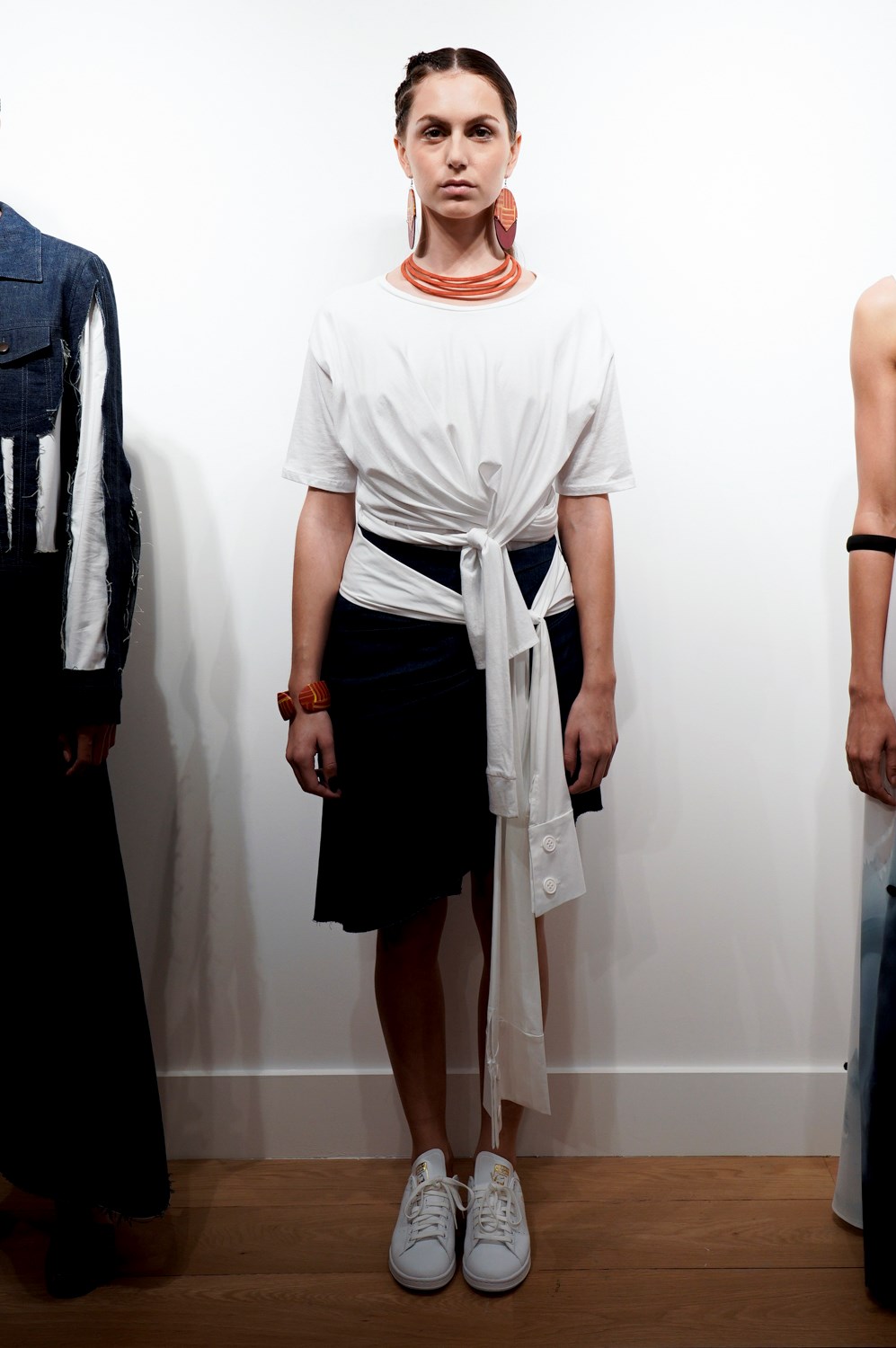
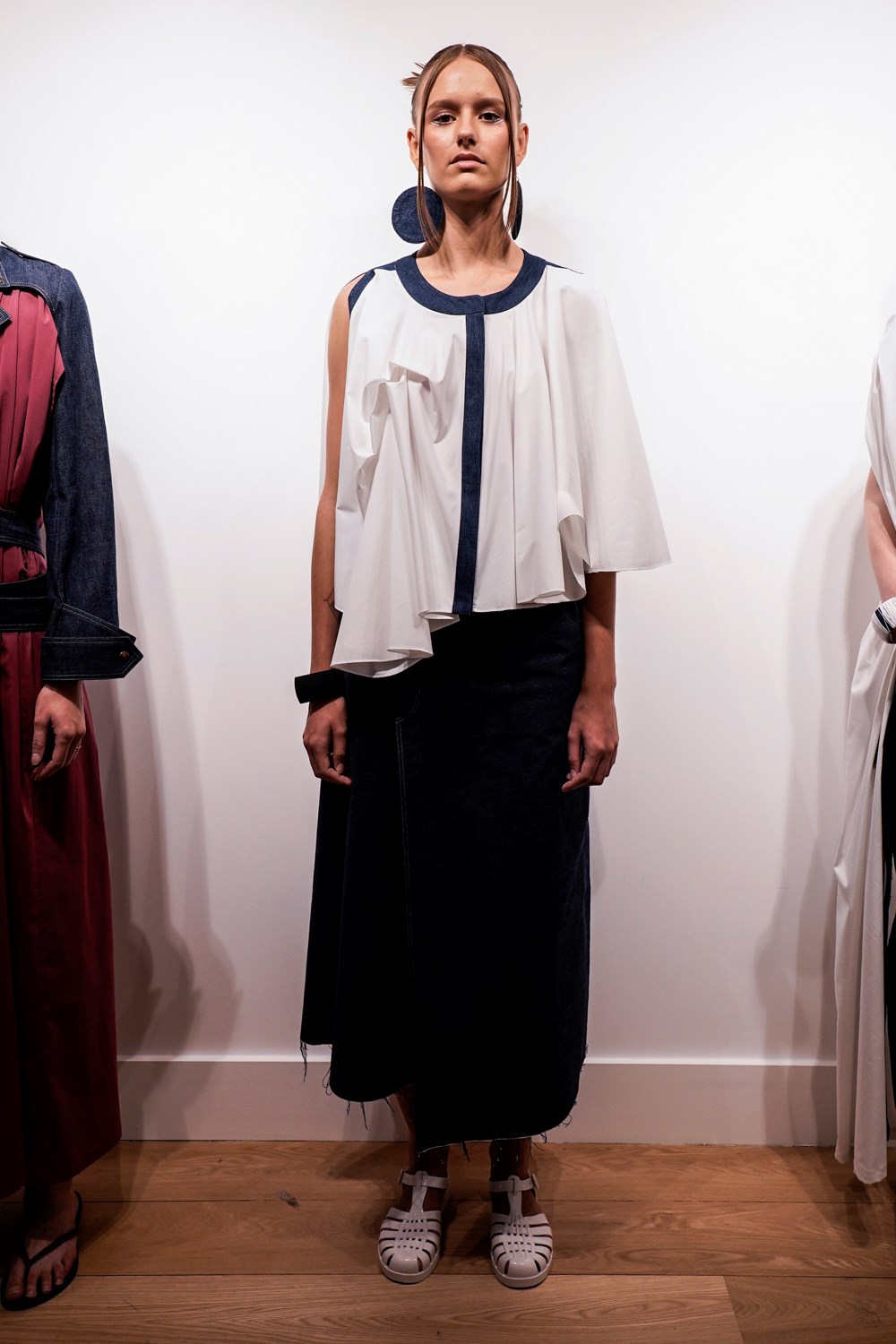
“This collection expressed a strong desire on my part to go back to own heritage and draw inspiration from Mali and its culture, which I had never done before in my design work. The earthy tones you see here evoke familiar landscapes I grew up in, as well as the color of the soil there. I was looking for new ways to combine my passion for deconstruction with something more sensual and wearable this season.”
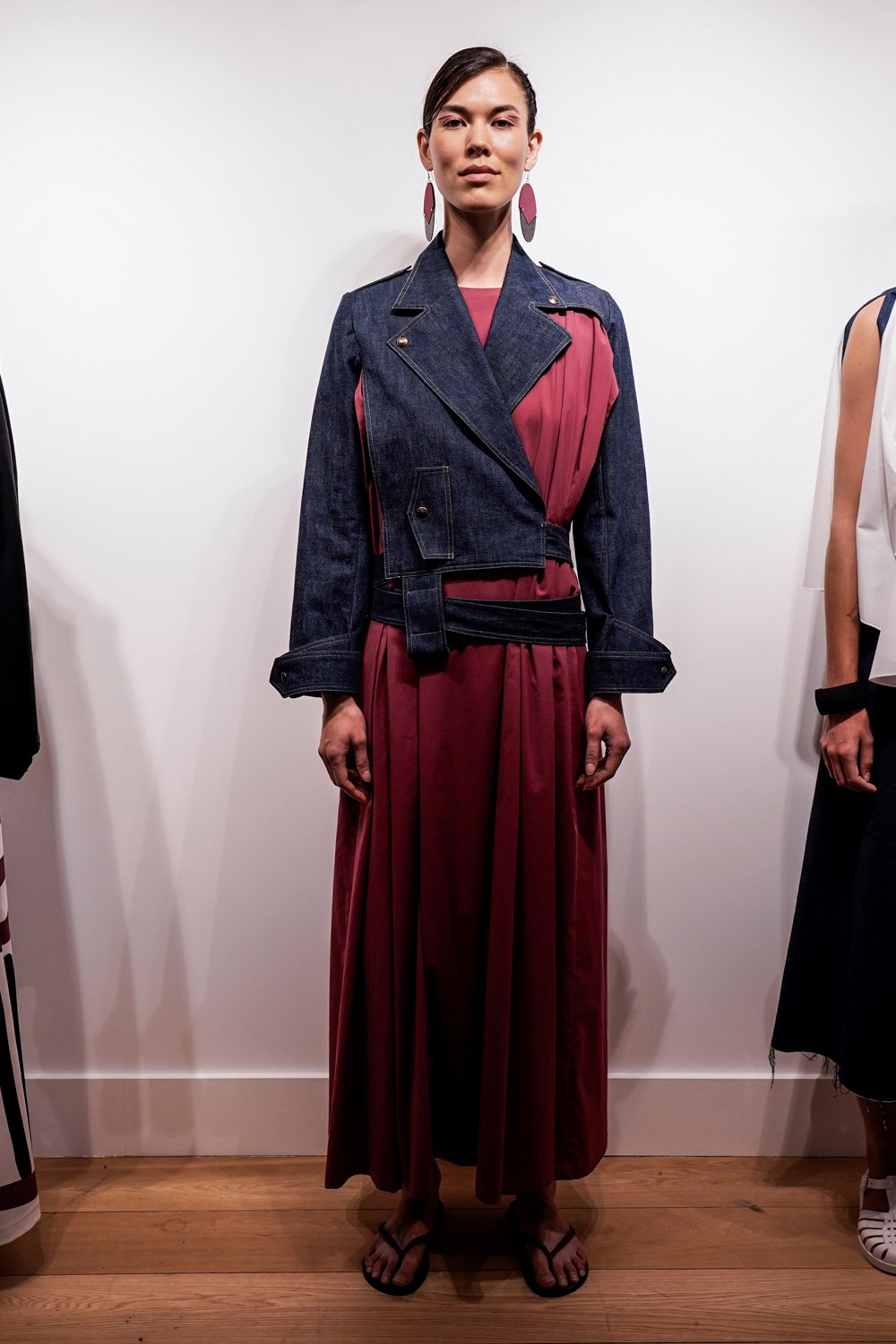
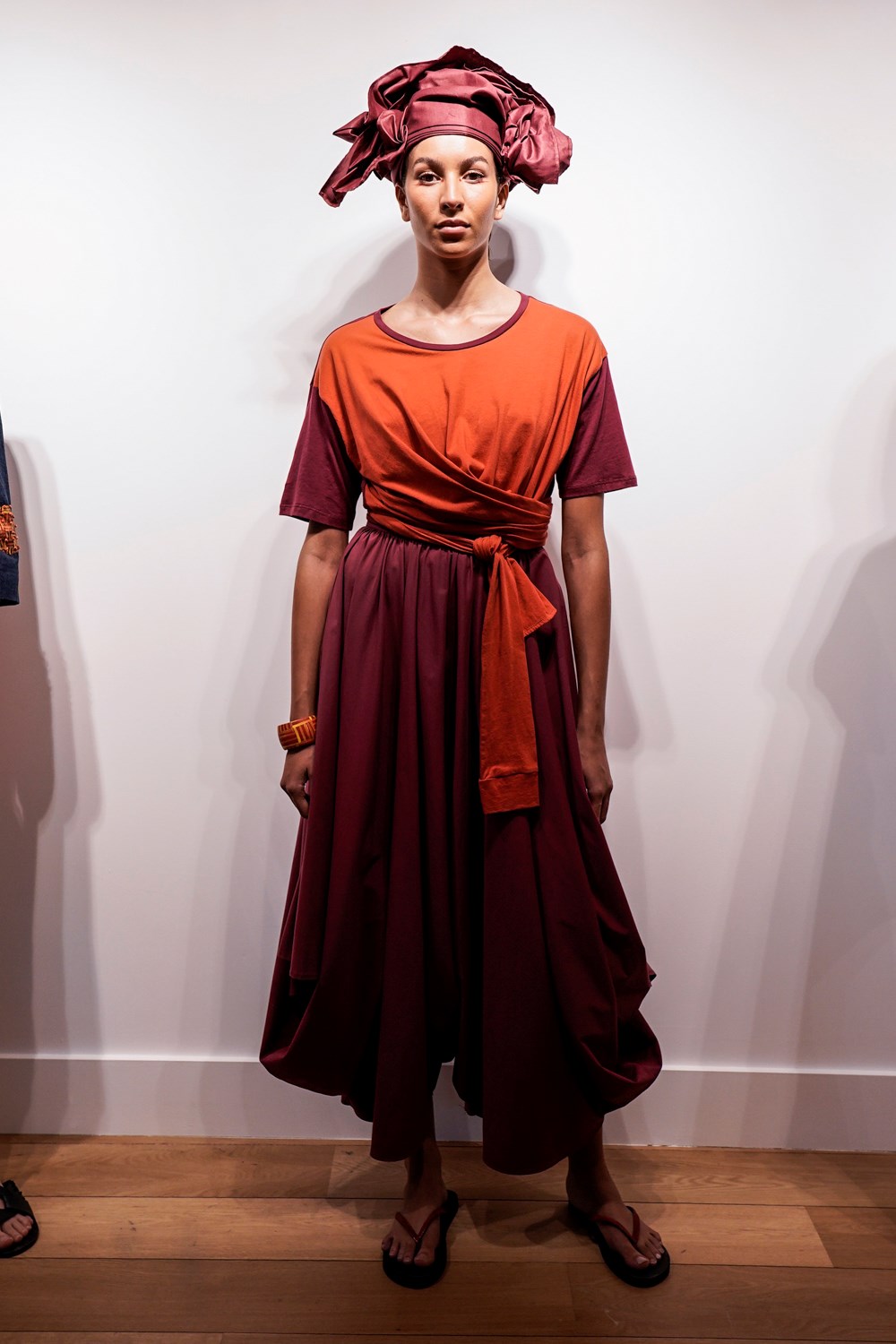
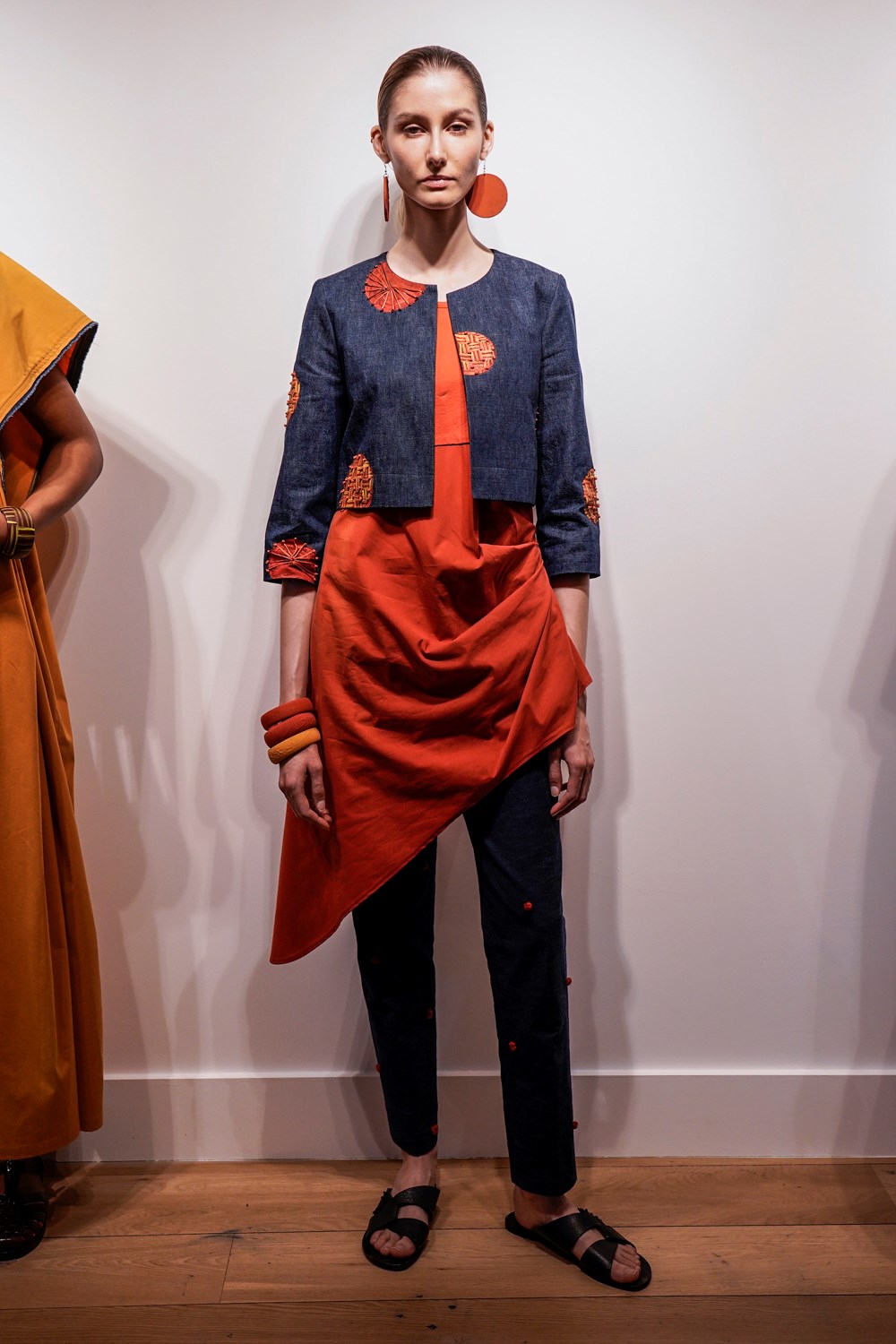
Traoré’s merit is not only to produce locally, but also favor social and professional reintegration schemes by training and employing people who have been on the margins of society for too long. Learning a new craft and profession empowers them as individuals, while allowing them to work in fair and respectful ways. “Our atelier, which is located in the Parisian suburbs, produces the entire collection. This local dimension is key for us, and I also wanted our production to take place outside Paris, because there’s always been this divide between the city and the outskirts. We want to open more of those atelier spaces in the near future, one for ready-to-wear and another one for Haute Couture. We opened a Haute Couture school recently, which is completely free of charge. The idea is to give back to society and have a positive impact on vulnerable and impoverished communities.”
Working with different partners within the private and public sectors has allowed Traoré to keep developing his eponymous brand despite repeated lockdowns. This season, the designer’s hand was more gentle than usual and the collection seemed softer as well. Using different kinds of colors and prints, Traoré put on hold the monochromatic approach he is known for. Draped tops and dresses had a sensual appeal, while printed and embellished dresses felt graceful and feminine.
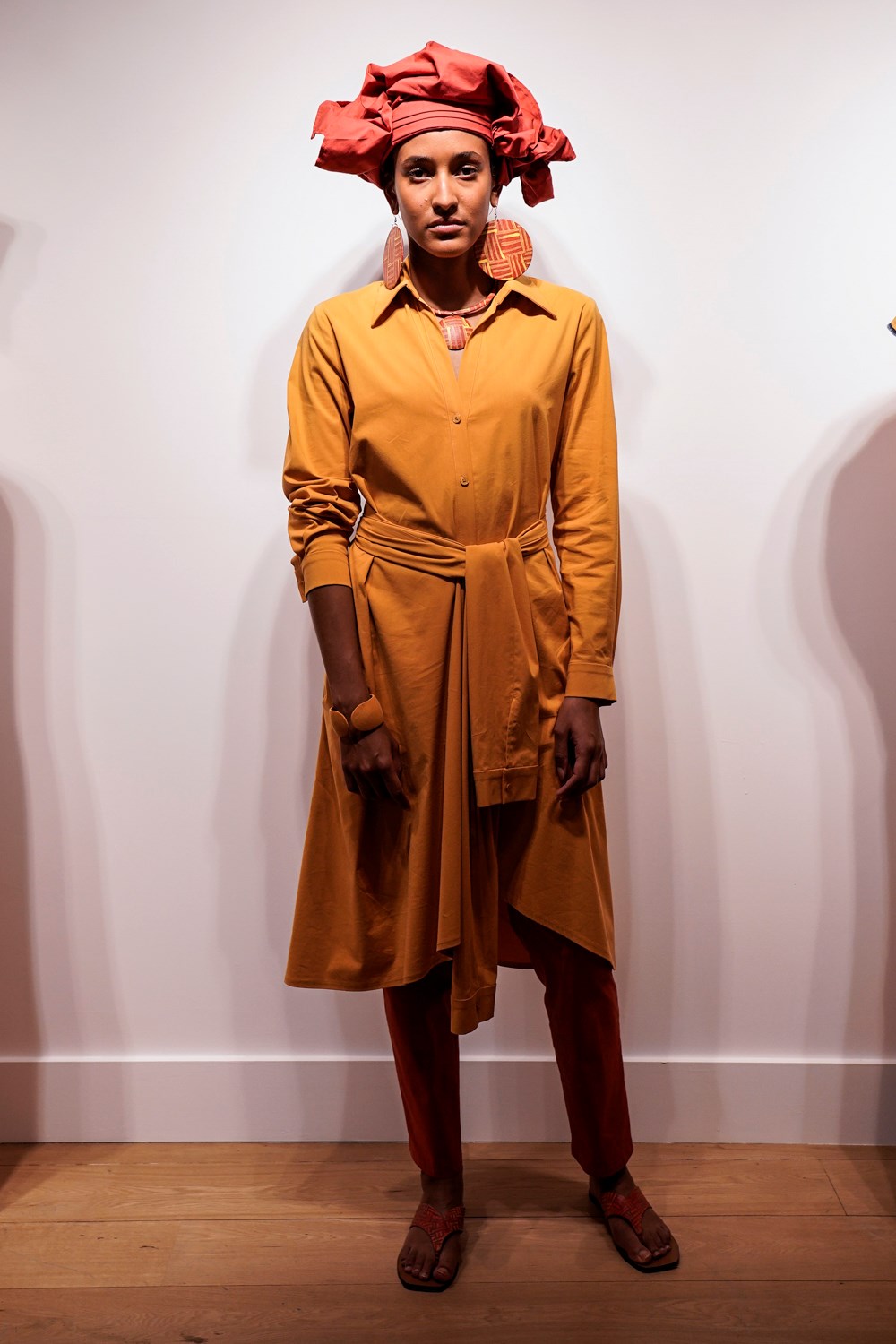
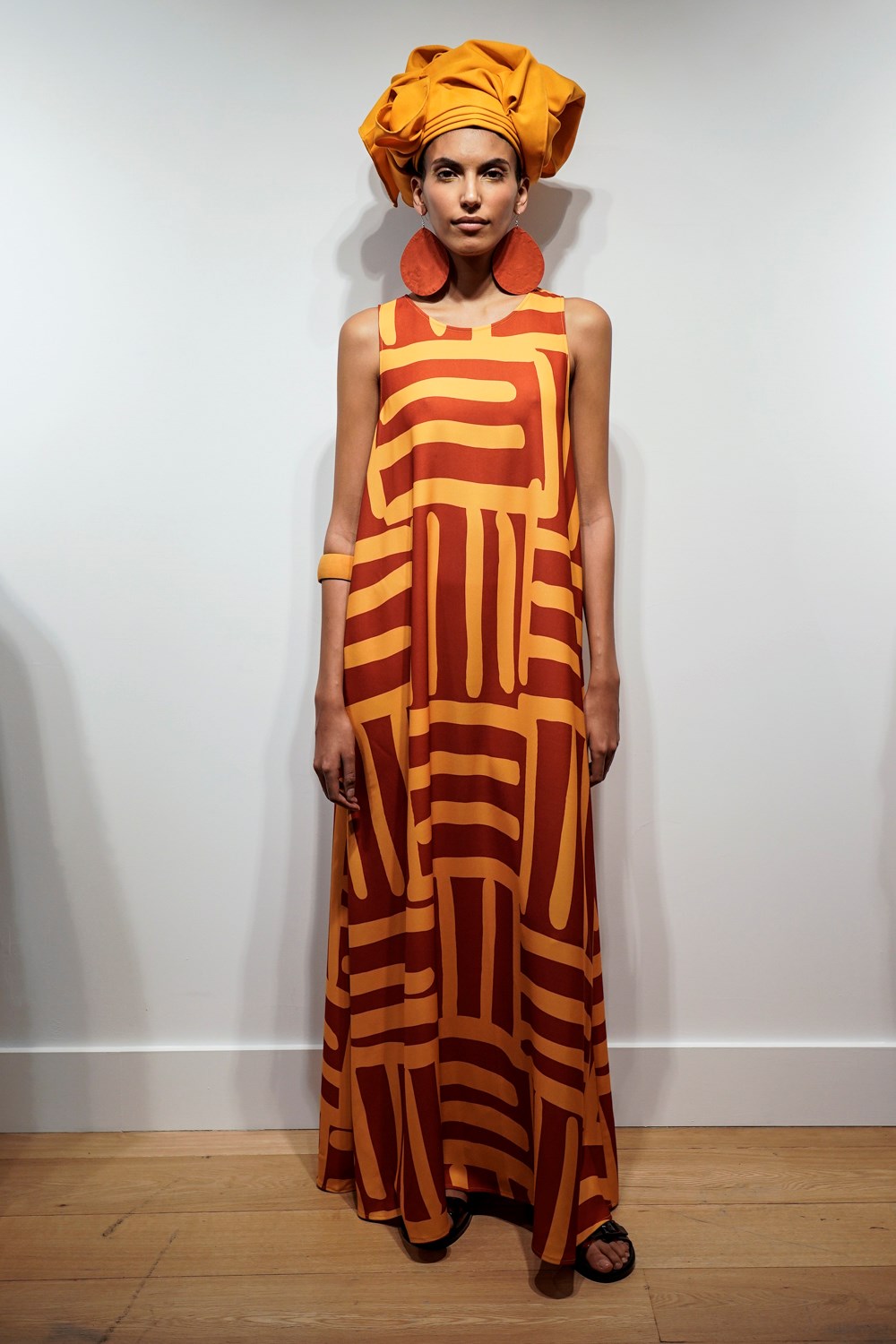
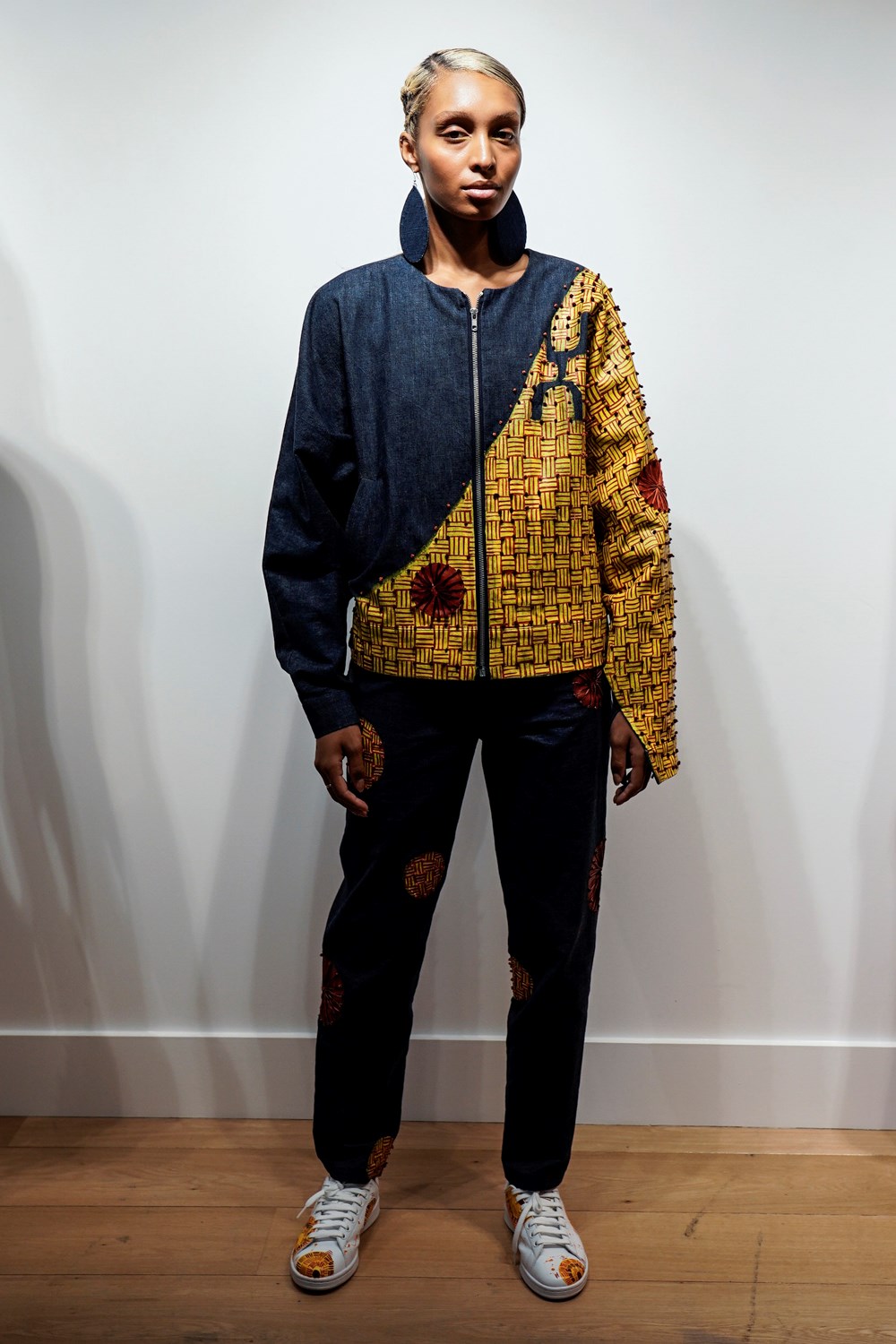
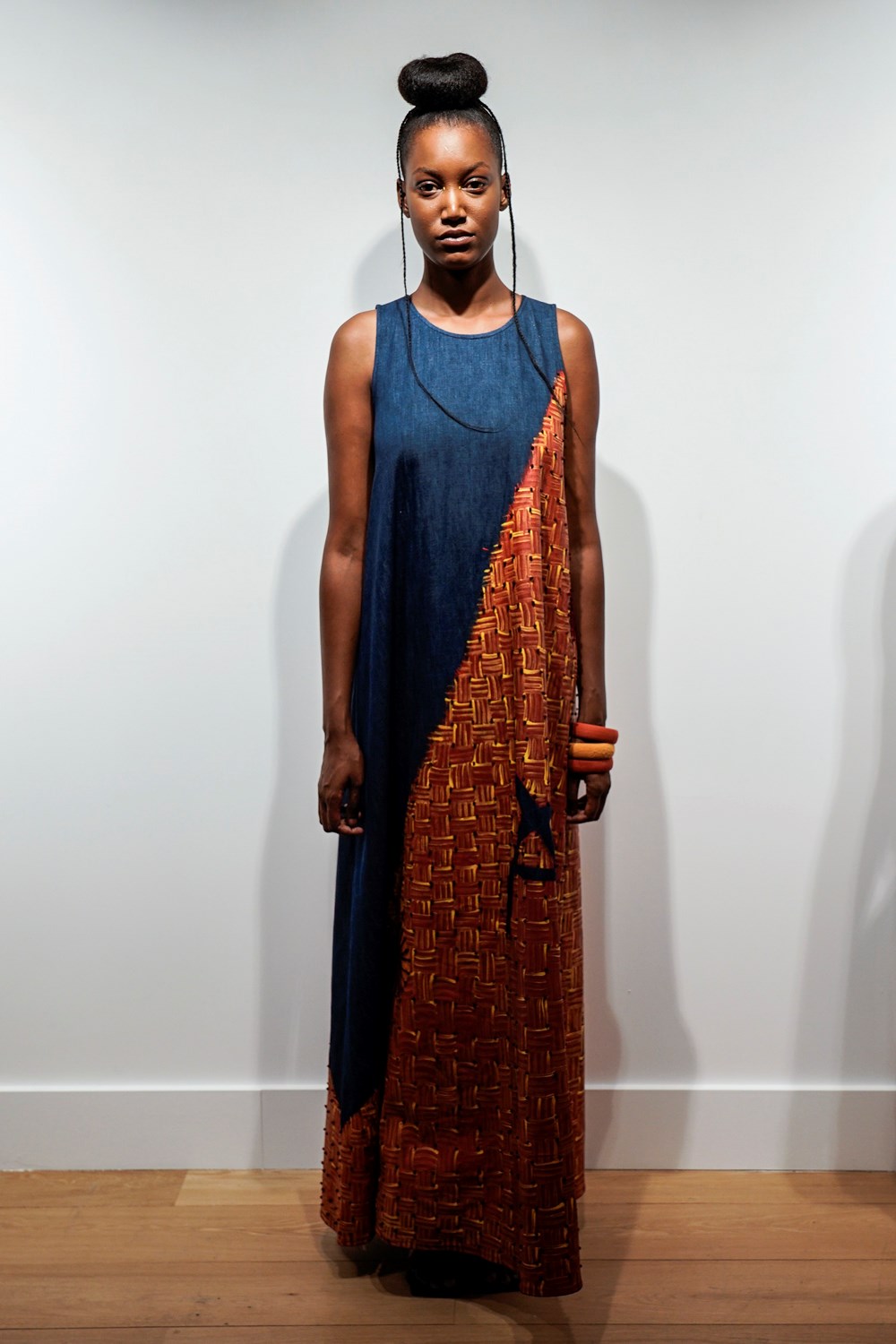
It’s great to see designers from his generation fully embrace that kind of commitment and use fashion as a vehicle for change. Consumers today aren’t just looking for wonderful clothes, but also depth and meaning within their consumption process. Perhaps the time has come to put values, intelligence, awareness and generosity back into the precious language of fashion.
